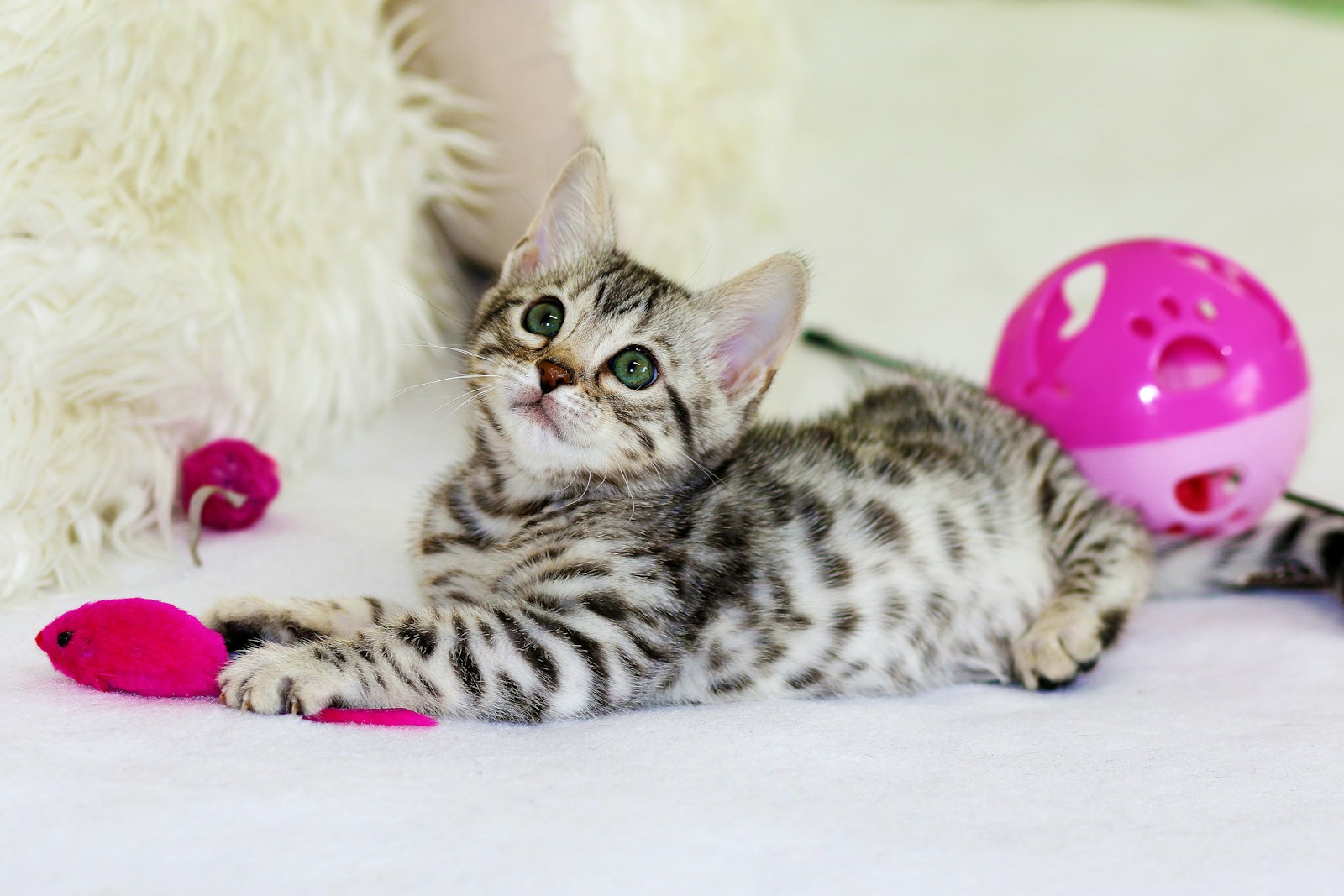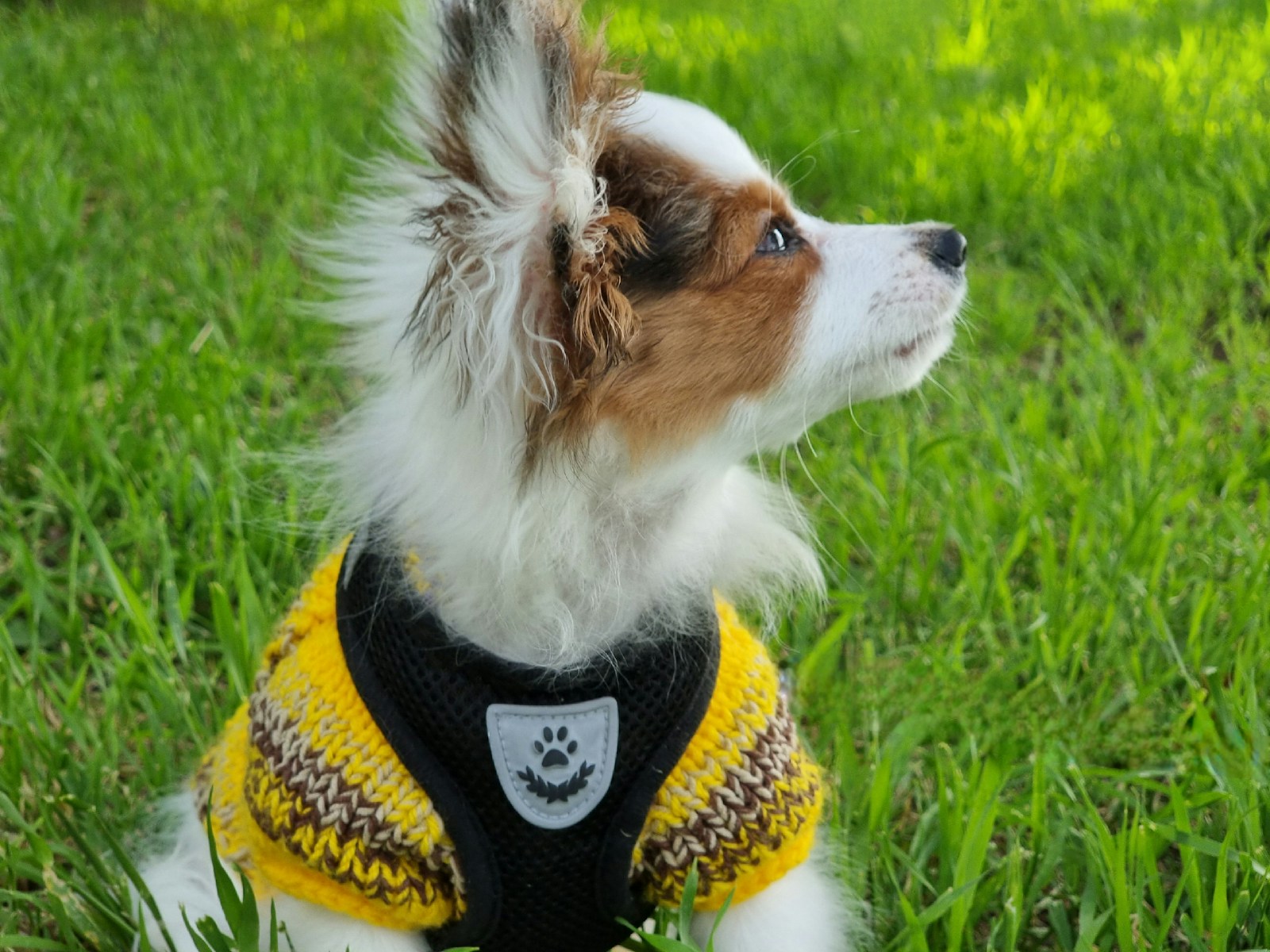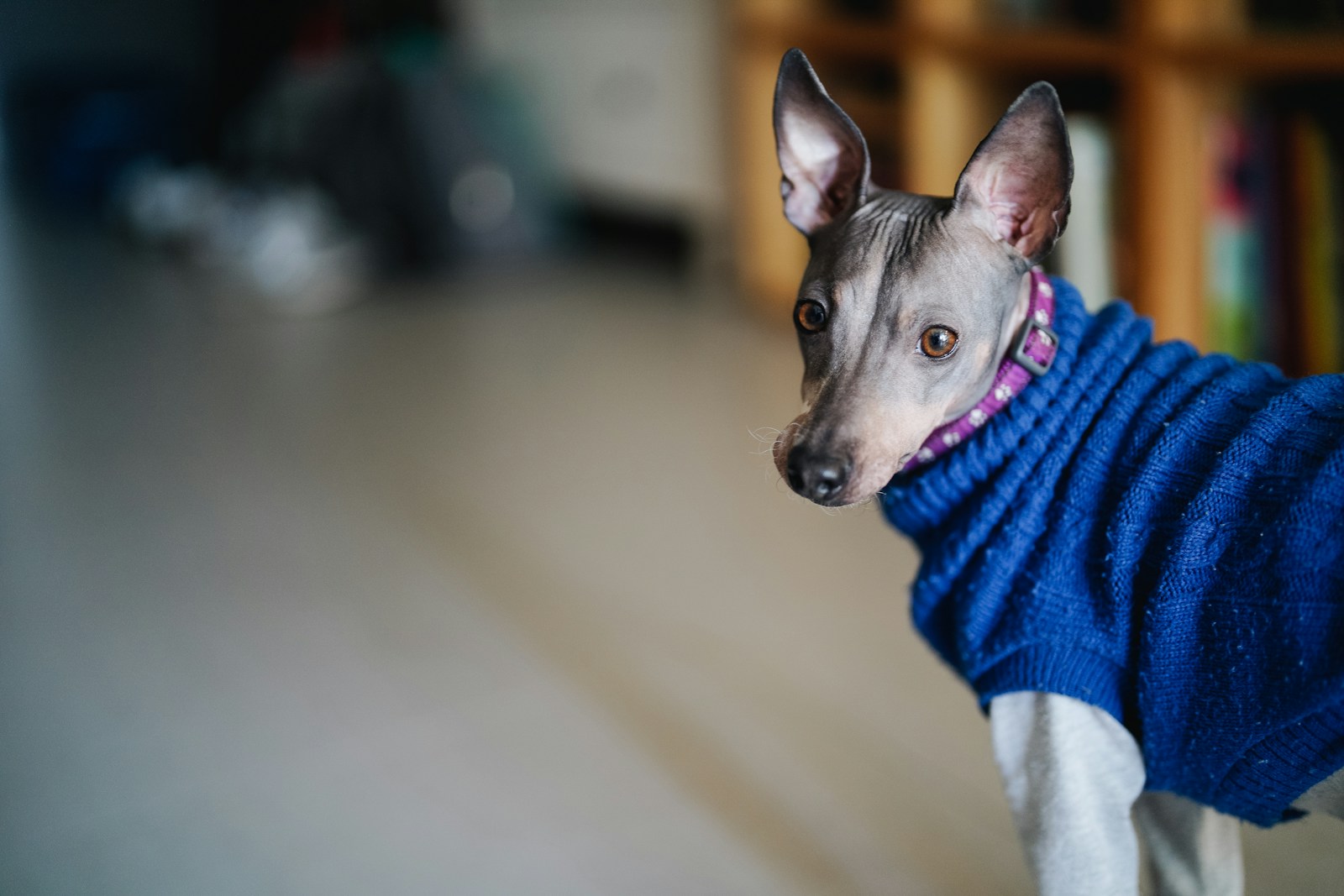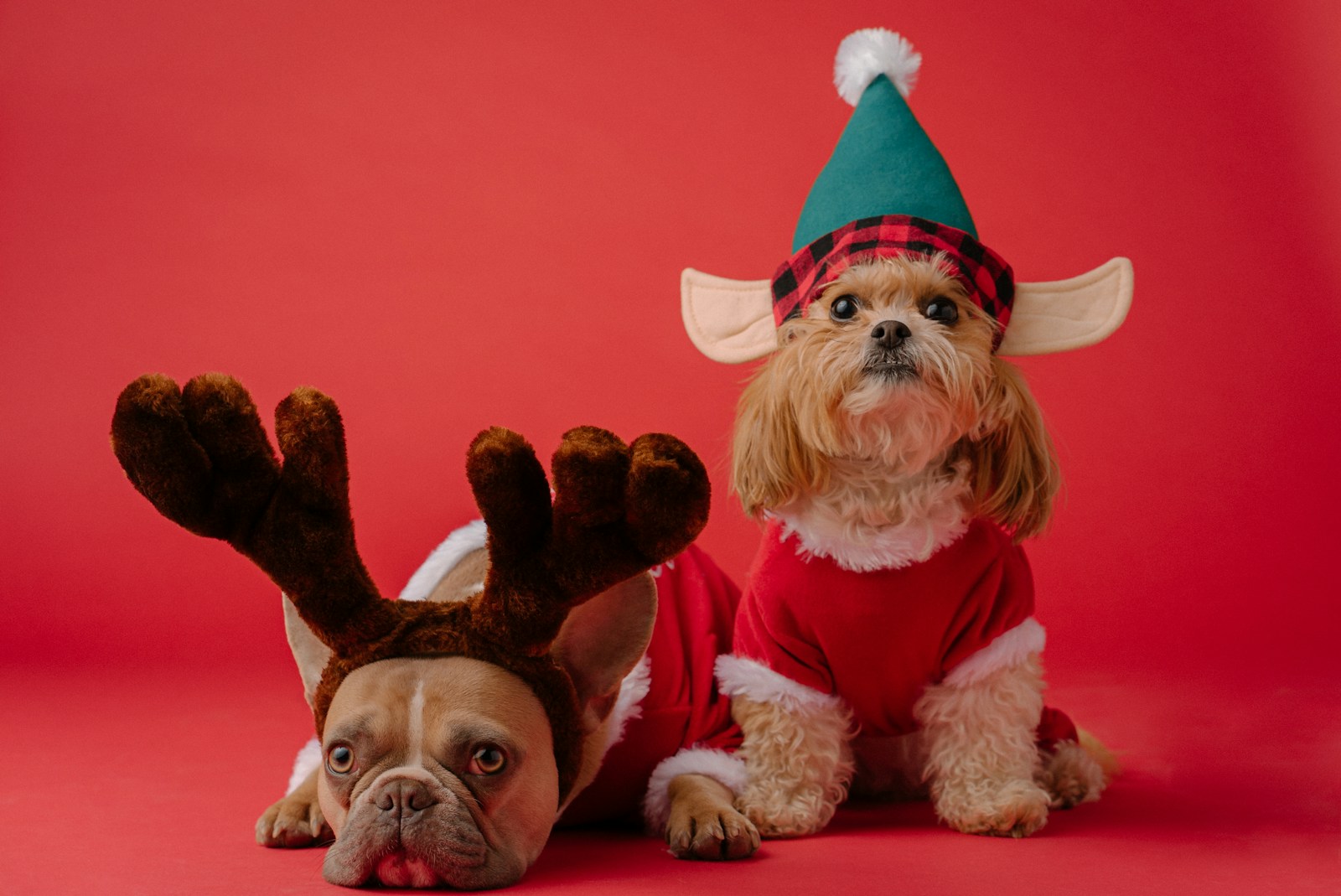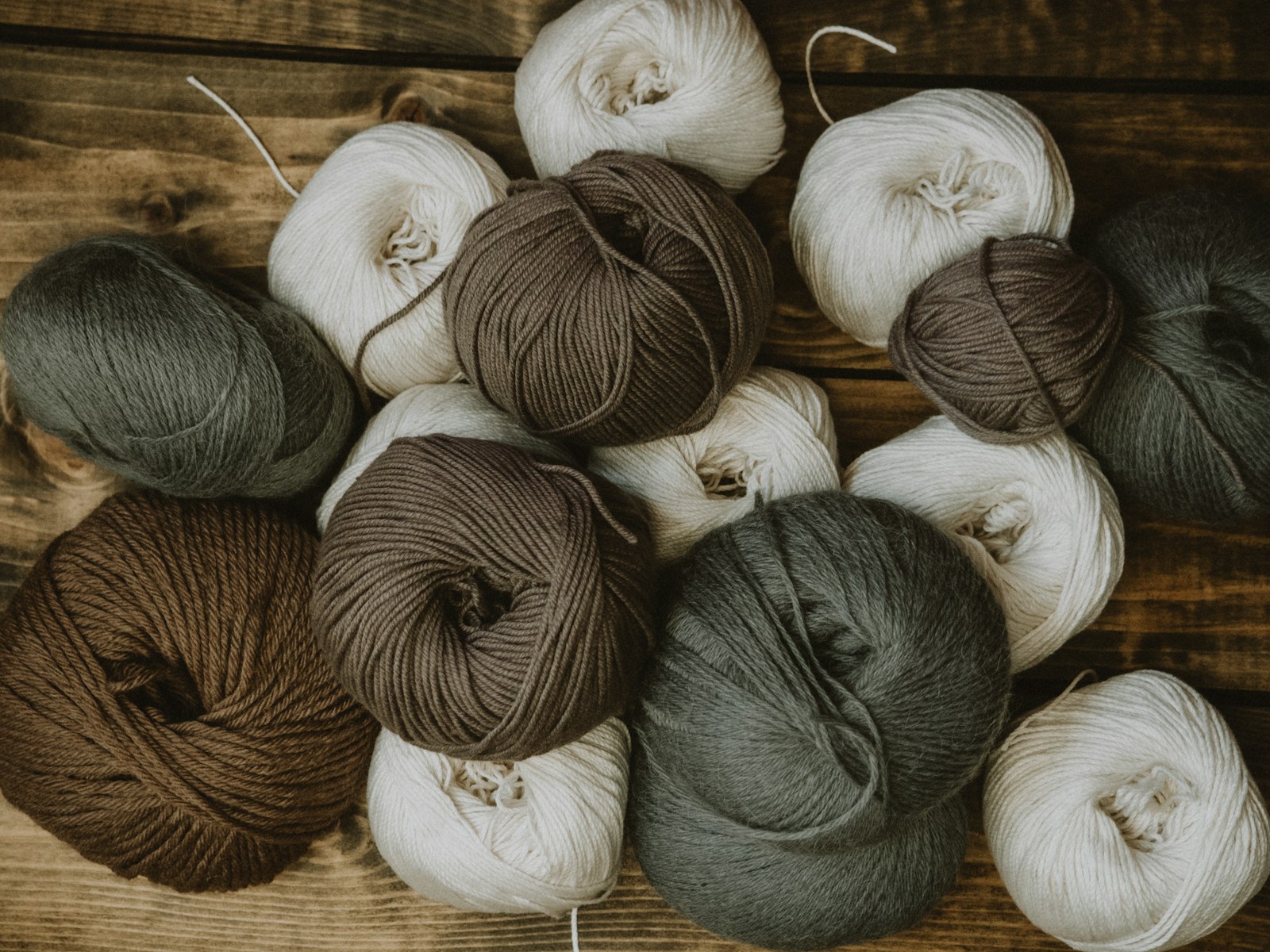When it comes to choosing the right yarn for your pet projects, there are a few key factors to consider to ensure both comfort and durability.
Opt for yarns that are known for being machine washable, as this will make it easier to maintain cleanliness and longevity of the knitted items. Additionally, look for yarns that are soft and non-irritating to your pet’s skin to prevent any discomfort.
Consider the weight and thickness of the yarn based on your pet’s size and the intended use of the knitted item. For example, finer yarns may be more suitable for smaller pets or delicate projects, while heavier yarns can provide added warmth and sturdiness for larger animals or items like pet blankets. Lastly, choose yarn colors that are both aesthetically pleasing and practical for hiding any potential dirt or pet hair that may accumulate over time.
Understanding Pet Measurements for Accurate Sizing
Pet knitting projects can often be more successful when accurate measurements are taken of the intended recipient. To ensure proper sizing, it is crucial to measure your pet in a way that reflects their unique proportions. This involves accurately measuring key areas such as the chest girth, neck circumference, back length, and leg length. By taking precise measurements, you can create knits that fit comfortably and look stylish on your furry companion.
In addition to standard measurements, consider any unique characteristics of your pet that may impact sizing. For example, some pets may have broad chests or short legs that require custom adjustments to traditional patterns. Taking into account these specific traits will help you tailor your knits to suit your pet’s individual shape and size. Remember, accurate measurements are the foundation for creating well-fitting knitted garments that your pet will love to wear.
Essential Tools and Supplies for Pet Knitting
When it comes to knitting for your furry friends, having the right tools and supplies is crucial for a successful project. One essential item you’ll need is a set of knitting needles in various sizes to accommodate different yarn weights and project requirements. Additionally, invest in a good set of stitch markers to help keep track of your rounds and stitches, especially when working on intricate patterns for pet clothing or accessories.
Alongside your knitting needles and stitch markers, a reliable pair of scissors is a must-have for trimming yarn and weaving in ends neatly. Look for sharp, precise scissors that are easy to handle and comfortable to use. Another important tool for pet knitting is a tape measure to accurately gauge your pet’s measurements and ensure a proper fit for the finished garment. Having these essential tools on hand will make your pet knitting projects more efficient and enjoyable.
Tips for Creating Durable and Washable Pet Knits
When knitting for pets, it’s crucial to prioritize durability and washability to ensure longevity and practicality in the items you create. Opt for high-quality yarns that are designed to withstand frequent use and washing without losing their shape or color. Look for yarns that are machine washable for convenience and ease of care.
In addition to selecting the right yarn, consider incorporating reinforcement techniques into your pet knits to enhance their durability. For example, reinforcing stress points such as leash attachment points or areas prone to rubbing against the pet’s body can help prevent premature wear and tear. Using a tight gauge and secure finishing techniques will also contribute to the overall sturdiness of your pet knits, ensuring that they can withstand the rigors of pet life.
Adapting Human Patterns for Pet Clothing
When adapting human knitting patterns for pet clothing, it is essential to carefully consider the size and shape of your furry friend. Taking accurate measurements is crucial to ensure a proper fit and comfort for your pet. Dogs, cats, and other pets come in various sizes and proportions, so customization is key to creating well-fitting garments. Pay close attention to the chest, neck, and length measurements when adjusting the pattern to suit your pet.
Additionally, when modifying human patterns for pets, consider the unique anatomy and needs of your animal companion. For example, dogs with short legs may require adjustments to the length of sleeves or pant legs to prevent tripping. Cats may prefer clothing with more freedom of movement around the shoulders to accommodate their agile nature. By understanding your pet’s movement patterns and behaviors, you can tailor the clothing design to enhance both style and functionality.
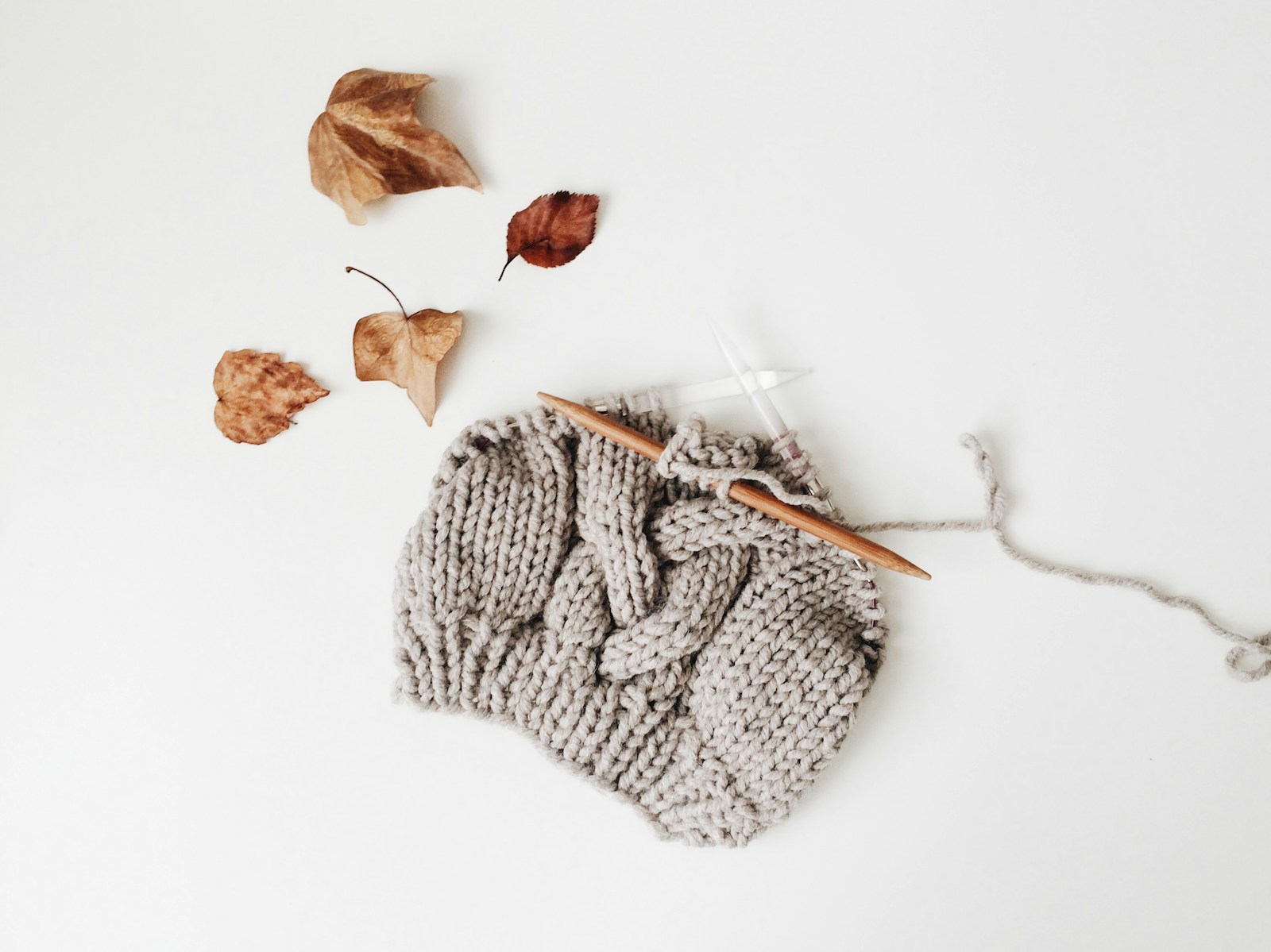
Creating Cozy Bedding and Blankets for Pets
When creating cozy bedding and blankets for pets, it’s essential to consider their comfort and preferences. Opt for soft and durable yarns that are easy to wash to ensure your pet’s bedding remains fresh and clean. Choose colors and textures that your pet enjoys, as this can help create a calming and inviting space for them to rest.
In addition to choosing the right yarn, consider the size and shape of the bedding or blanket to best suit your pet’s needs. Providing ample space for them to stretch out comfortably is key, so measure your pet’s sleeping area and tailor your project accordingly. Adding extra padding or creating a layered design can also enhance the coziness of the bedding, ensuring your pet has a warm and inviting place to relax.
Incorporating Safety Features into Pet Knits
When it comes to creating knitted items for pets, safety should always be a top priority. Incorporating safety features into your pet knits is crucial to ensure your furry friends can enjoy your creations without any risks. One important safety consideration is the materials you use. Opt for yarns that are non-toxic and durable to prevent any potential hazards to your pets.
In addition to choosing safe materials, consider adding reflective elements to your pet knits. This is especially important for items like sweaters or coats that pets may wear outside in low-light conditions. Reflective yarn or tape can help make your pet more visible to drivers and others, reducing the risk of accidents. By incorporating these safety features into your pet knits, you can create stylish and functional pieces that prioritize the well-being of your beloved pets.
Adding Fun and Functional Embellishments to Pet Accessories
To add fun and functional embellishments to your pet accessories, consider incorporating playful touches that also serve a practical purpose. For example, attaching a small bell to your pet’s collar not only adds a whimsical element but also helps you keep track of their whereabouts. You can also explore using colorful buttons or ribbons to personalize your pet’s clothing or accessories, making them stand out in style.
In addition to decorative accents, you can also focus on adding functional features to your pet knits. Consider integrating pockets into sweaters or coats for storing treats or small essentials like waste bags. Another practical idea is to include reflective yarn or tape in your pet accessories to enhance visibility during evening walks or outdoor adventures. By combining fun and functionality, you can create unique and customized pieces that cater to both your and your pet’s needs.
Exploring Advanced Techniques for Pet Knitting
When it comes to pet knitting, mastering advanced techniques can elevate your creations to a whole new level. One advanced technique to consider is intarsia, which involves knitting areas of different colors without carrying the yarn across the entire row. This technique allows for intricate designs and patterns to be incorporated seamlessly into your pet knits, adding a unique touch to your projects.
Another technique to explore is stranded colorwork, where multiple colors are worked across a row to create beautiful motifs and patterns. This technique requires careful tension control and can result in stunning visual effects on your pet knits. By incorporating these advanced techniques into your knitting repertoire, you can create truly one-of-a-kind pieces that are both stylish and practical for your beloved furry friends.
Tips for Customizing Patterns to Suit Your Pet’s Personality
When customizing patterns to suit your pet’s personality, consider their unique traits and preferences. For example, if your pet is energetic and playful, you may want to choose bright and cheerful colors or incorporate fun embellishments like pom poms or tassels. On the other hand, if your pet is more laid-back and sophisticated, opt for neutral tones or classic patterns like stripes or houndstooth.
Another way to personalize your pet’s knits is by selecting textures that align with their personality. For a cozy and cuddly pet, fluffy yarns or soft knits are ideal. For a more adventurous or outdoorsy pet, consider using durable and washable materials that can withstand their active lifestyle. By tailoring the design and materials to match your pet’s individuality, you can create knits that not only look stylish but also reflect their one-of-a-kind charm.
